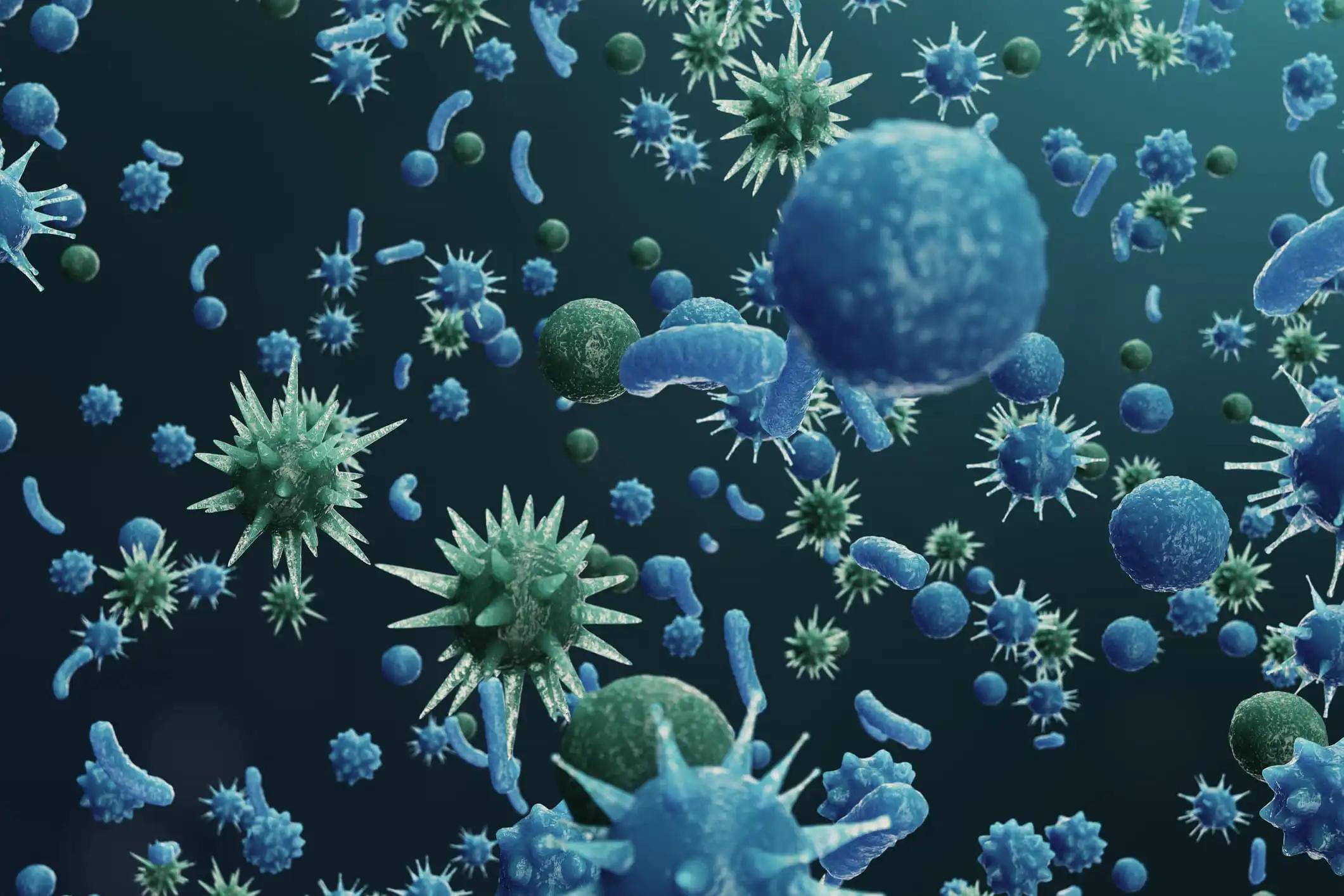KEY TAKEAWAYS
- The study aimed to evaluate the efficacy and tolerability of adjuvant-CRT in pts with superficial esophageal SCC.
- The key outcomes of the study were to evaluate OS and PFS.
- Researchers noticed that CRT was effective and tolerable for pts with noncurative ESD, despite some esophageal stenosis.
Endoscopic submucosal dissection (ESD) is a prospectively efficient therapeutic method for esophageal cancer. Additional treatment such as chemoradiotherapy (CRT) or esophagectomy is recommended which are considered noncurative ESD, due to an increased risk of lymph node metastasis. However, the adequacy of adjuvant-CRT after near-circumferential or full-circumferential noncurative ESD has yet to be fully explored.
Yutaro Tasaki and the team aimed to retrospectively evaluate the efficacy and toxicity of adjuvant-CRT in patients (pts) with superficial esophageal squamous cell carcinoma (SCC) after near-circumferential or full-circumferential noncurative ESD.
They conducted a retrospective analysis to evaluate 24 pts who received adjuvant-CRT for superficial esophageal SCC after near-circumferential or full-circumferential noncurative ESD from 2012 to 2018.
Elective nodal irradiation (ENI) was performed in all pts while in 4 pts with positive resection margins boost irradiation (BI) was performed post-ENI. The prescription doses of ENI and BI were 41.4 Gy in 23 fractions and 9 Gy in 5 fractions, respectively. Whereas to all the pts concurrent chemotherapy was administered which was a combination of cisplatin or nedaplatin and 5-fluorouracil.
Results revealed that overall survival (OS) rates were 92% and 78% for 3-year and 5-year respectively, while the progression-free survival (PFS) rates were 83% and 70%, respectively. About 8 (33%) pts encountered esophageal stenosis of grade 2 with no cases of grade 3 or above level of esophageal stenosis.
Among these pts, 4 (17%) pts had stenosis before taking the adjuvant-CRT, which remained persistent post-treatment, while 4 (17%) pts developed new stenosis within 5 months after being treated with CRT while 1 patient (4%) still requires regular bougie dilation.
In context to the acute toxicity, grade 3 and 4 adverse events (AEs) were as follows: anemia in 1 (4%) and 0 (0%) pts; neutropenia in 6 (25%) and 1 (4%) pts; thrombocytopenia in 1 (4%) and 0 (0%) pts; and esophagitis in 1 (4%) and 0 (0%) pts. Additionally, 1 patient (4%) who underwent salvage CRT for out-of-field lymph node recurrence died of acute myeloid leukemia (AML).
The study concluded that CRT is a reliable treatment alternative even in pts treated with near-circumferential or full-circumferential noncurative ESD. Esophageal stenosis post-adjuvant-CRT following near-circumferential or full-circumferential noncurative ESD was tolerable.
The funding information did not apply to this study.
Source: https://pubmed.ncbi.nlm.nih.gov/39044174/
Tasaki Y, Yamazaki T, Miyazaki S, et al. (2024). “Additional chemoradiotherapy for superficial esophageal squamous cell carcinoma after near-circumferential or full-circumferential noncurative endoscopic submucosal dissection: a retrospective study.” BMC Gastroenterol. 2024 Jul 23;24(1):232. doi: 10.1186/s12876-024-03328-2. PMID: 39044174; PMCID: PMC11267816.



